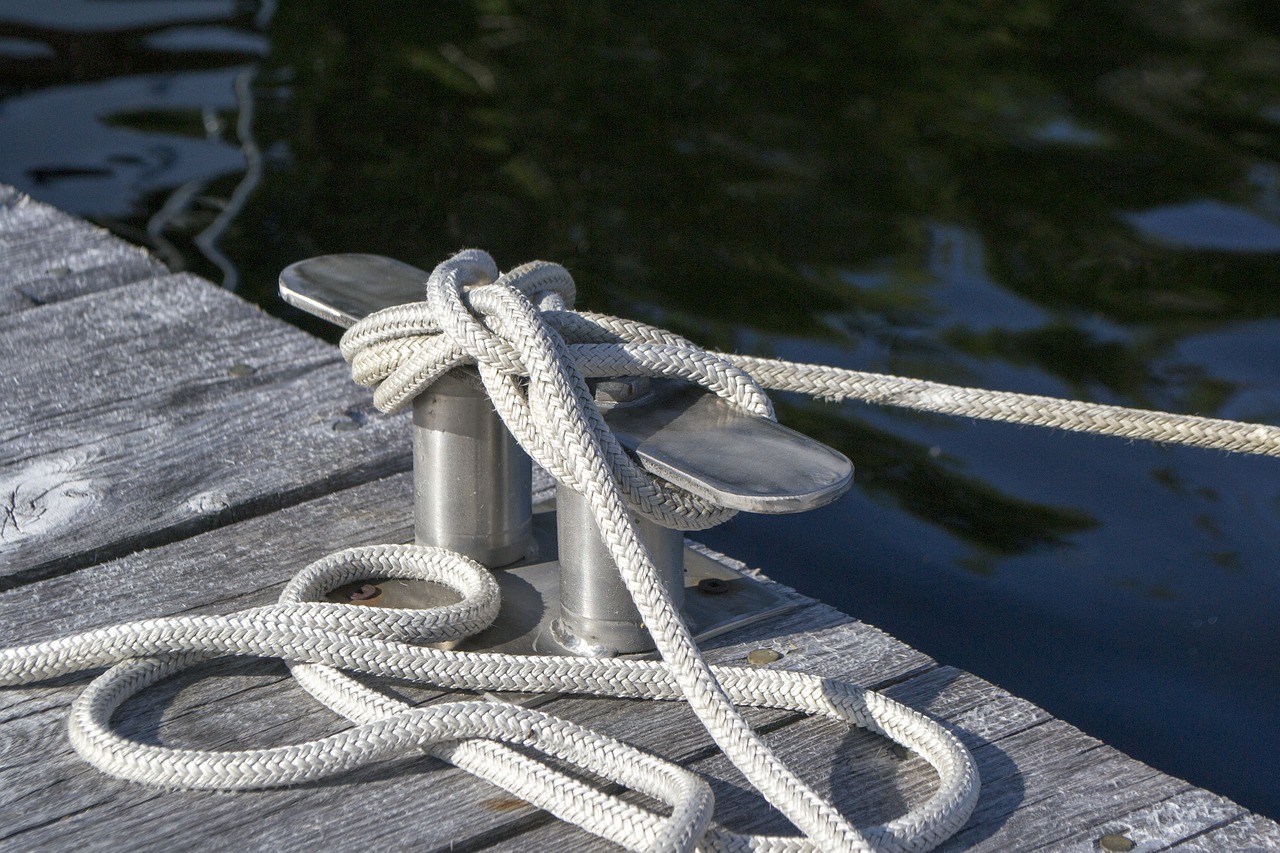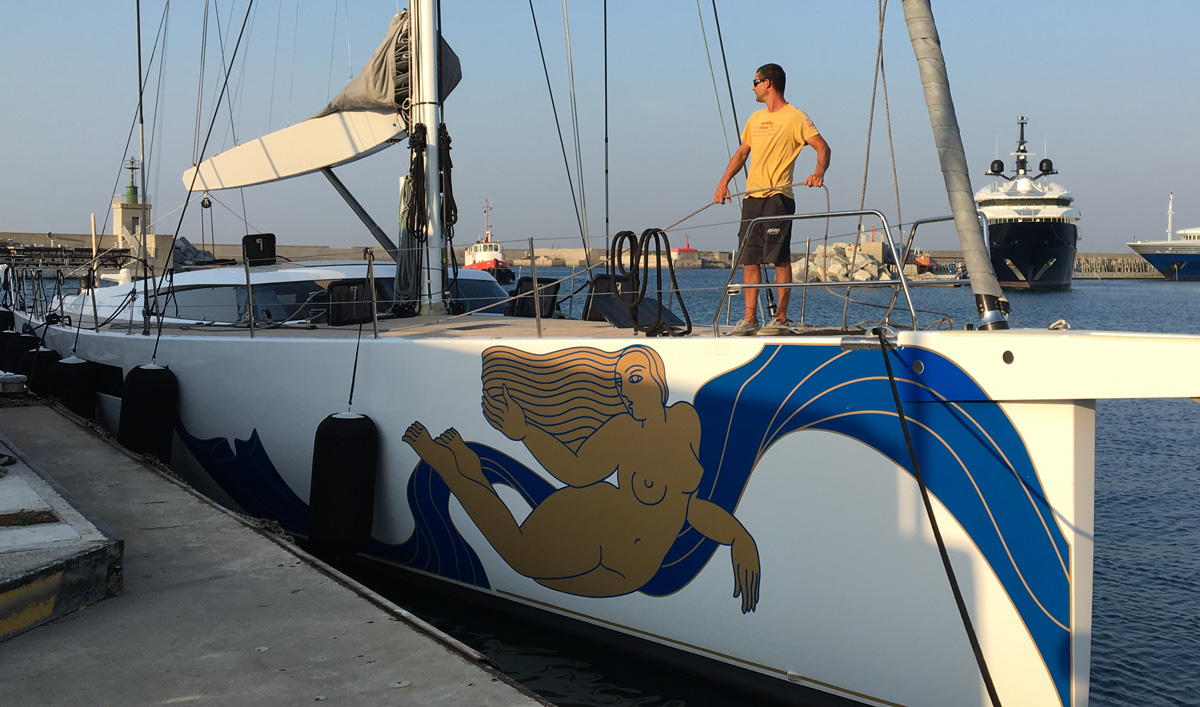Limited spaces, wind affecting the slow movement of the boat, the fear of touching other vessels. The
 The mooring techniques for Mediterranean-style berthing are diverse and require considerable experience. The wind direction is a fundamental factor that affects the maneuvers to be executed. The same boat in the same port requires different operations depending on the mooring situation.
The mooring techniques for Mediterranean-style berthing are diverse and require considerable experience. The wind direction is a fundamental factor that affects the maneuvers to be executed. The same boat in the same port requires different operations depending on the mooring situation.
In this case, however, we’re not dealing with the technical aspects of mooring, focusing instead on the psychological aspect of the matter. How can we reduce stress during such a delicate moment?
The first indication, obvious but always useful, is that you must arrive prepared for mooring. Equipment must be ready, as well as the crew. Knowledge of the boat and the location are two additional elements that can help manage the maneuver with less emotional strain. Carrying out all preliminary operations correctly is the best way to have a calmer approach, knowing you won’t have to improvise anything.
Before even thinking about mooring, it’s important to get information about the port or anchorage where we’ll be performing the maneuver. If we’re going to a familiar place, there’s no problem. Otherwise, we should consult
Let’s now consider the boat we’re steering. If it’s not our usual one, it’s necessary to test how it responds to maneuvers while we can still afford small mistakes. Let’s evaluate how it loses way and what effect the propeller creates in reverse. It’s advisable to perform these small tests in confined waters, or at least in an area with some reference points. Let’s do a 180-degree turn to verify
Prepare mooring lines and fenders, and get the vessel ready. It’s important that the deck is clear of any sharp objects or potential hazards like towels and cream containers. If we have a handheld VHF, it’s time to bring it to the cockpit to communicate with the marina when assistance is needed. Before starting maneuvers, remember to
When the boat is set up, prepare the crew. A skipper with clear ideas knows the maneuvers to perform and
Each crew member must be instructed with detailed directions. The positions to take and the role to occupy must be clear to everyone, even
Finally, the skipper must be ready to not make mistakes and overturn the initial plan, unless necessary. The maneuver should be completed according to what was planned, and sudden changes in command can only create tension, with negative results for everyone. The moves to follow must be well imprinted in our mind, from the approach to propeller use, including the wind challenges.
Only at this point can we proceed calmly with mooring, aware of having done everything possible to face it without anxiety. Additional help can come from the



